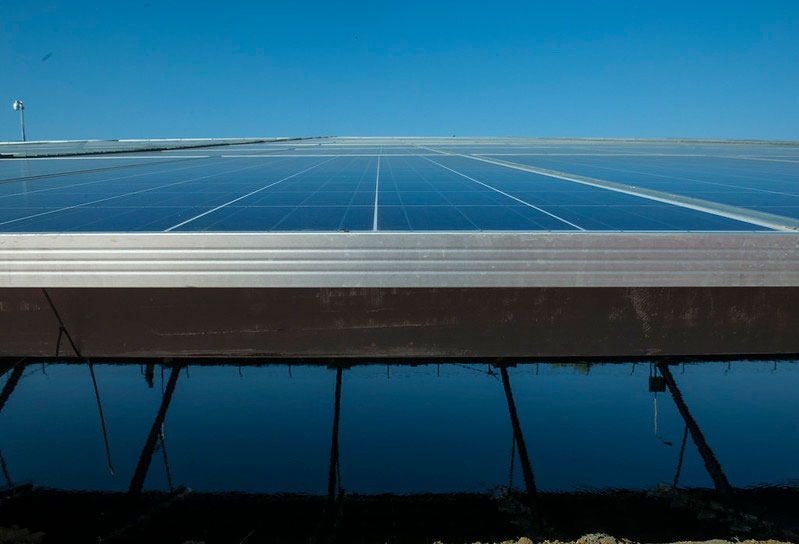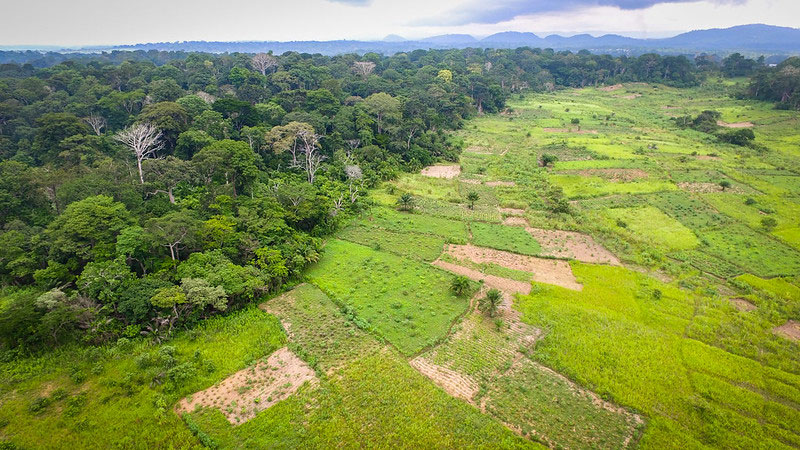In November 2021, the United Nations Climate Change Conference (COP26) in Glasgow proposed ambitious goals to keep global warming to 1.5 degrees C, reduce greenhouse gas (GHG) emissions by 45 percent by 2030 compared to 2010 levels, and achieve net-zero emissions by 2050. Energy consumption is the largest source of global GHG emissions, and energy efficiency has great potential to reduce energy demand and use. The International Energy Agency (IEA) estimates that energy efficiency drove over 40 percent of energy-related emissions reductions over the last decade. In this context, it's clear why there has been an increasing number of studies evaluating the effectiveness of energy efficiency projects.
3ie's new evidence gap map (EGM) and systematic review of energy efficiency evidence, commissioned by the European Investment Bank, draw all these separate studies together, providing an overview of the effectiveness of different types of energy efficiency interventions. The 299 studies in the EGM are unevenly distributed across locations, with most coming from high-income countries. Most of the studies are clustered around a few interventions, and we did not find any studies for eight interventions categories.
One cluster of 16 studies included in the systematic review focused on residential energy efficiency measures. Our meta-analysis finds that these programs did effectively reduce energy consumption at the household level.
In the EGM, we include interventions aimed at increasing the adoption of energy efficiency technologies and practices in households, public institutions, businesses, and industrial facilities in high- middle- and low-income countries. The 15 intervention categories are organized in three policies domains: 1) financial assistance and market enabling measures, 2) information programs, and 3) technical capacity development. We look at outcomes such as people’s attitudes and behaviours, energy and CO2 consumption, and socio-economic measures.
The current evidence is growing but still limited, especially in Africa, Asia, and South America. There are very few evaluations of interventions such as capacity building to develop energy efficiency skills, technical assistance to support those who want to switch to an energy efficiency technology, bank lending reserved for energy efficiency investments, and home appliance credit to support the purchase of more efficient appliances. For interventions that support education and campaigns to decrease energy consumption, there have been several evaluations, but no systematic review which draws those results together.
Our new systematic review fills one of the synthesis gaps identified in the EGM by assessing residential energy efficiency interventions such as wall and roof cavity insulation, window and door upgrades, or furnace/heating system replacement. It includes a meta-analysis on energy consumption as it was the only outcome for which we had enough data to do so.
We included 16 studies evaluating multiple programs in nine countries (including three L&MICs: Ukraine, Ethiopia, and Kyrgyz Republic), such as the SEAI Better Energy Communities scheme in Ireland, State's EmPower rebate Programme, federal Weatherization Assistance Program and Energize Phoenix program in the United States, and the Warm Loans Programme in Ukraine.
Unfortunately, only five of those studies were appraised as having a low risk of bias. However, the results were promising, even though effects depend on implementation practices and contexts.
Interventions to reduce lighting consumption were found effective to reduce electric consumption, and loft-attic insulation interventions in both colder and warmer climates were also found to significantly reduce electric and gas consumption.
Installing a bundle of interventions (such as attic or wall insulation and boiler replacement) significantly reduced energy consumption as well, including for low-income households. However, the average impact of replacing electric heat pumps seems to have no impact on energy consumption.
We identified considerable variation of effects between interventions. Future research should examine the causes of this variation, for instance by analyzing the effects of certain factors such as preinstallation energy audits or government regulations.
In almost all the studies, the installation of the energy efficiency measures was partially or fully subsidized, suggesting that due to the high costs of these interventions, subsidies from the government or other institutions seem to be necessary to ensure take-up. Cost-effectiveness analysis in eight studies suggests positive rates of return.
Finally, many studies did not report specific data such as the insulation depth, making it difficult to compare some of the insulation interventions as a different depth can make a huge difference. We hope that future studies will include this type of information.
For more details, the published evidence gap map technical report is here and the systematic review report here.






